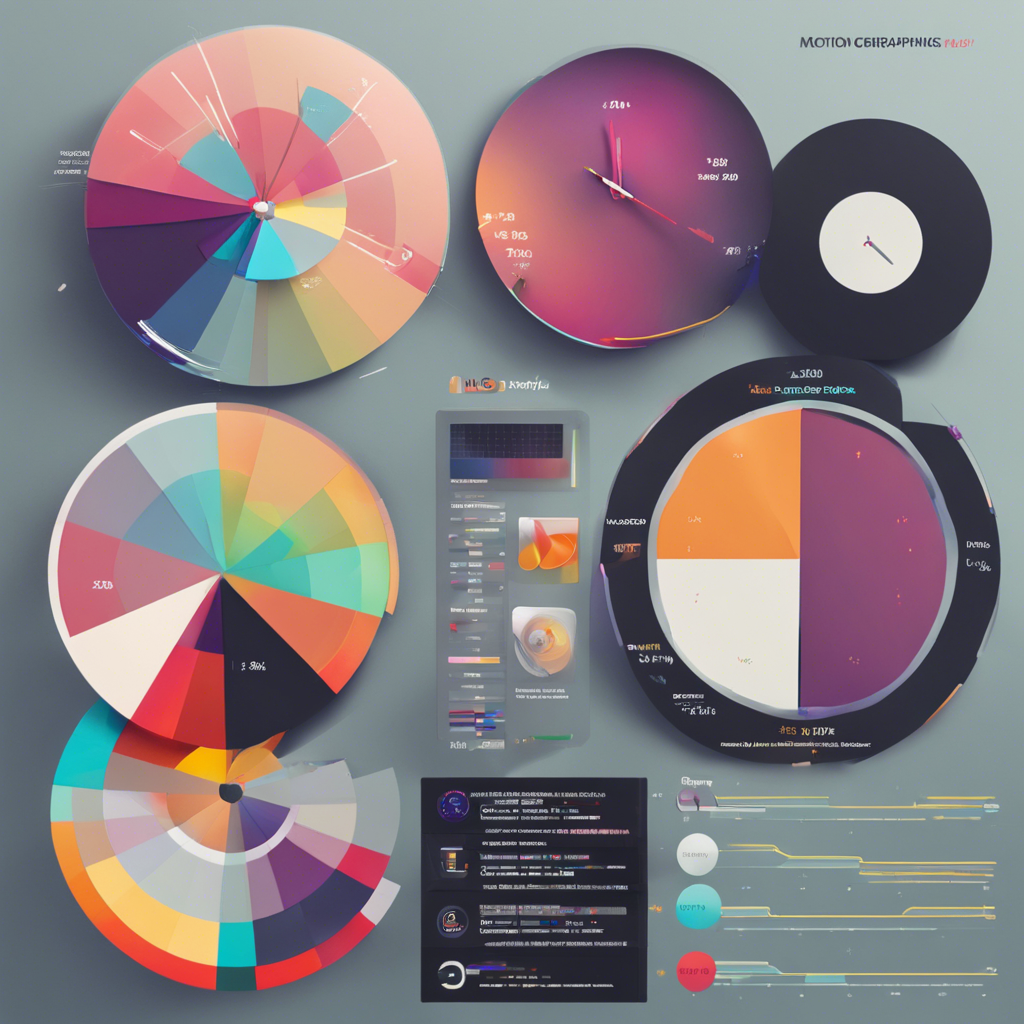How much do motion graphics artists make an hour?
How Much Do Motion Graphics Artists Make an Hour?
Introduction
Motion graphics artists are the creative minds behind the visually stunning animations and visual effects that captivate audiences in movies, television shows, video games, and advertisements. Their work is integral to the storytelling process, and their skills are in high demand across various industries. But, one common question that often arises is: how much do motion graphics artists make an hour?
Factors Affecting Salary
Determining the hourly wage of a motion graphics artist involves considering several factors, including:
- Location: Salaries can vary significantly depending on the region. For instance, motion graphics artists in major metropolitan areas like New York City or Los Angeles tend to earn more than those in smaller towns or rural areas.
- Experience: More experienced artists usually command higher salaries due to their expertise, portfolio, and industry connections.
- Industry: The industry in which a motion graphics artist works can also influence their pay. For example, those working in film and television may earn more than those in advertising or video game development.
- Education and Skills: Higher levels of education, such as a bachelor's or master's degree in motion graphics or a related field, can lead to higher salaries. Additionally, skills in specific software (like Adobe After Effects, Cinema 4D, or Maya) can increase earning potential.
- Freelance vs. Full-Time Employment: Freelance artists often have more variability in their hourly rates and can potentially earn more per project but may have less stability. Full-time employees, on the other hand, usually have a steady income but may not see the same hourly rate as freelancers.
Average Hourly Rates
As of my last update in 2023, the average hourly wage for a motion graphics artist in the United States can range from $20 to $50 per hour for entry-level positions. Mid-career professionals can expect to earn between $30 and $75 per hour, while experienced artists and creative directors may see hourly rates from $50 to over $100 per hour.
Entry-Level
Entry-level motion graphics artists, typically those with less than 2-3 years of experience, may start at the lower end of this range. These positions often require a strong portfolio of work to demonstrate skill and potential.
Mid-Career
Artists with 3-5 years of experience, a solid client list, and a well-developed portfolio can expect to see an increase in their hourly rates. This is also around the time many motion graphics artists may start to specialize in a particular area of motion design, which can further increase their value.
Experienced Professionals
Motion graphics artists with over 5-7 years of experience, a strong network, and a history of working on high-profile projects can command much higher hourly rates. Specialization, such as working in 3D animation or visual effects, can also significantly boost earnings at this stage.
Freelance vs. Full-Time
Freelance motion graphics artists often have more flexibility in setting their rates, which can lead to higher earnings for those who are successful in attracting clients. However, freelancers must also consider the variability of work and the time spent on marketing and business development.
Full-time employees, including those in salaried positions at advertising agencies, studios, and production companies, typically have a more stable income but may not see the same hourly rate as highly successful freelancers. Benefits, job security, and a predictable schedule are often trade-offs for the potentially lower hourly rates of full-time employment.
Tips for Increasing Earnings
- Continuous Learning: Stay on top of the latest trends and software updates. Attend workshops, online courses, and conferences to keep your skills sharp and your portfolio fresh.
- Networking: Building a strong professional network can lead to higher-paying projects and opportunities. Attend industry events, join online forums, and collaborate with other creatives.
- Specialization: Focusing on a niche within motion graphics, such as 3D animation or motion graphics for virtual reality, can increase your value and command higher rates.
- Client Relationships: Cultivating strong relationships with clients can lead to repeat business and referrals, which can significantly boost your income.
Conclusion
The hourly wage of a motion graphics artist can vary widely based on a multitude of factors. While entry-level positions may start at a lower rate, experienced professionals with a strong portfolio, specialized skills, and a robust network can earn significantly more. Whether working as a freelancer or a full-time employee, motion graphics artists have the potential to build a rewarding career in a field that continues to grow and evolve.
As the demand for high-quality motion graphics and visual effects persists across various media, the earning potential for skilled artists will likely remain strong. For those passionate about bringing stories to life through animation and visual effects, a career in motion graphics can offer both creative fulfillment and financial reward.
This article provides a general overview of the hourly earnings for motion graphics artists, but individual experiences can vary. For those looking to enter or advance in this field, focusing on building a strong portfolio, continuously improving skills, and cultivating professional relationships will be key to achieving higher earning potential.
Discover more from EMD
Subscribe to get the latest posts to your email.
